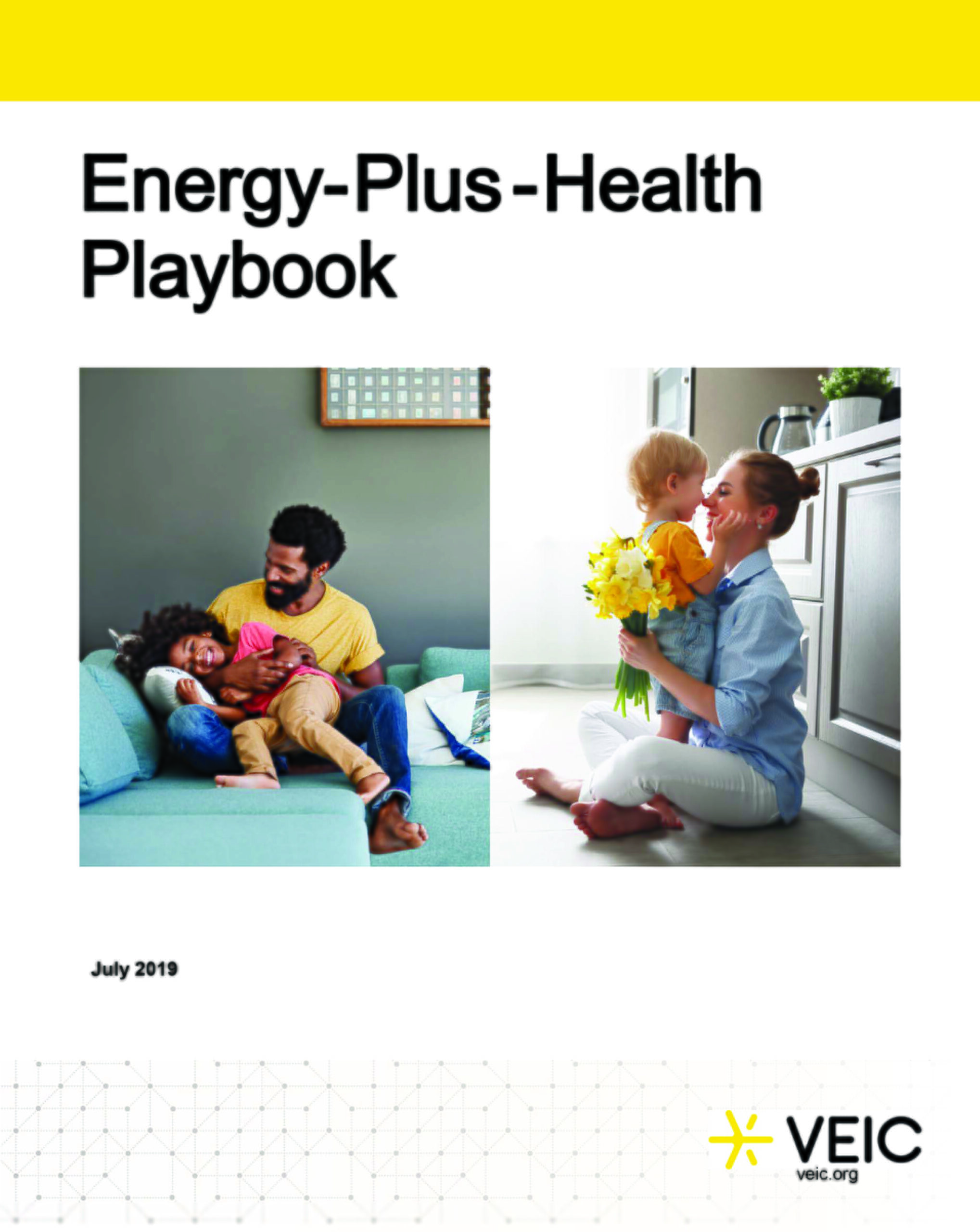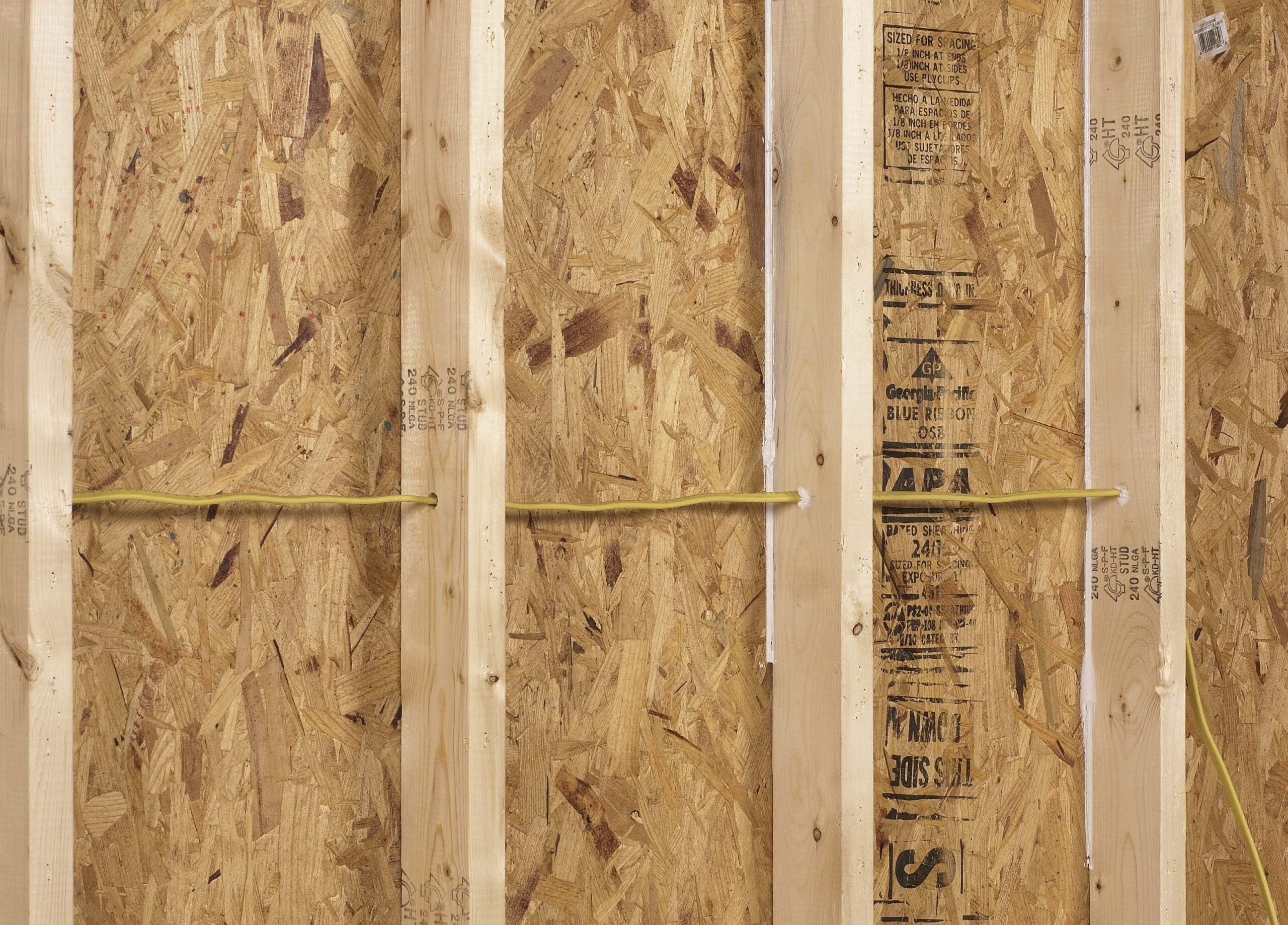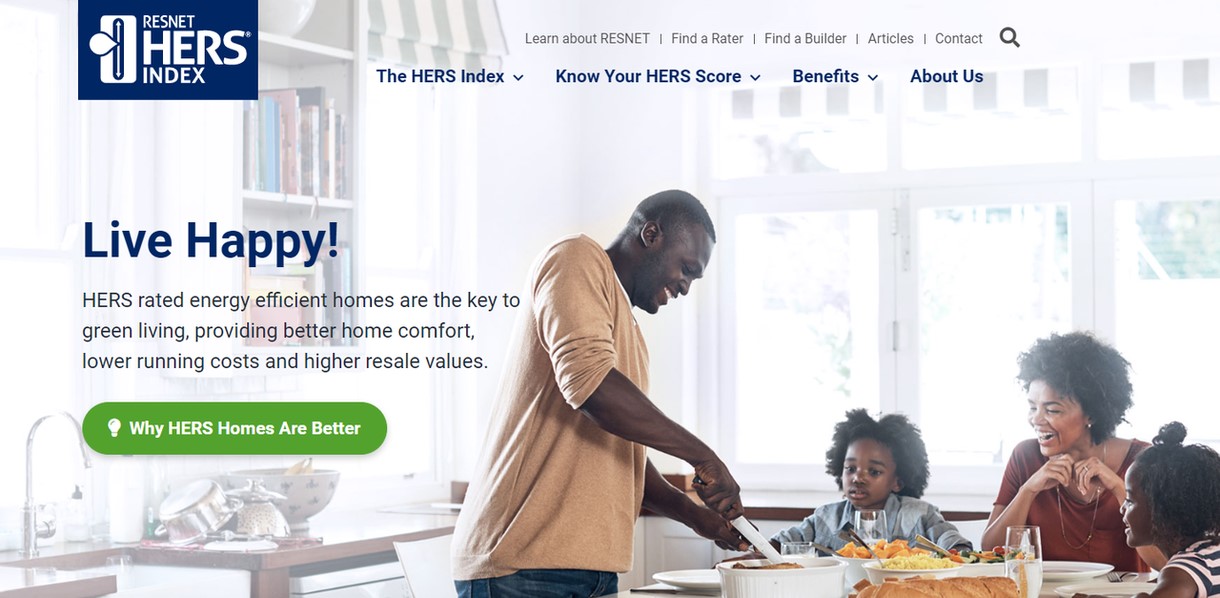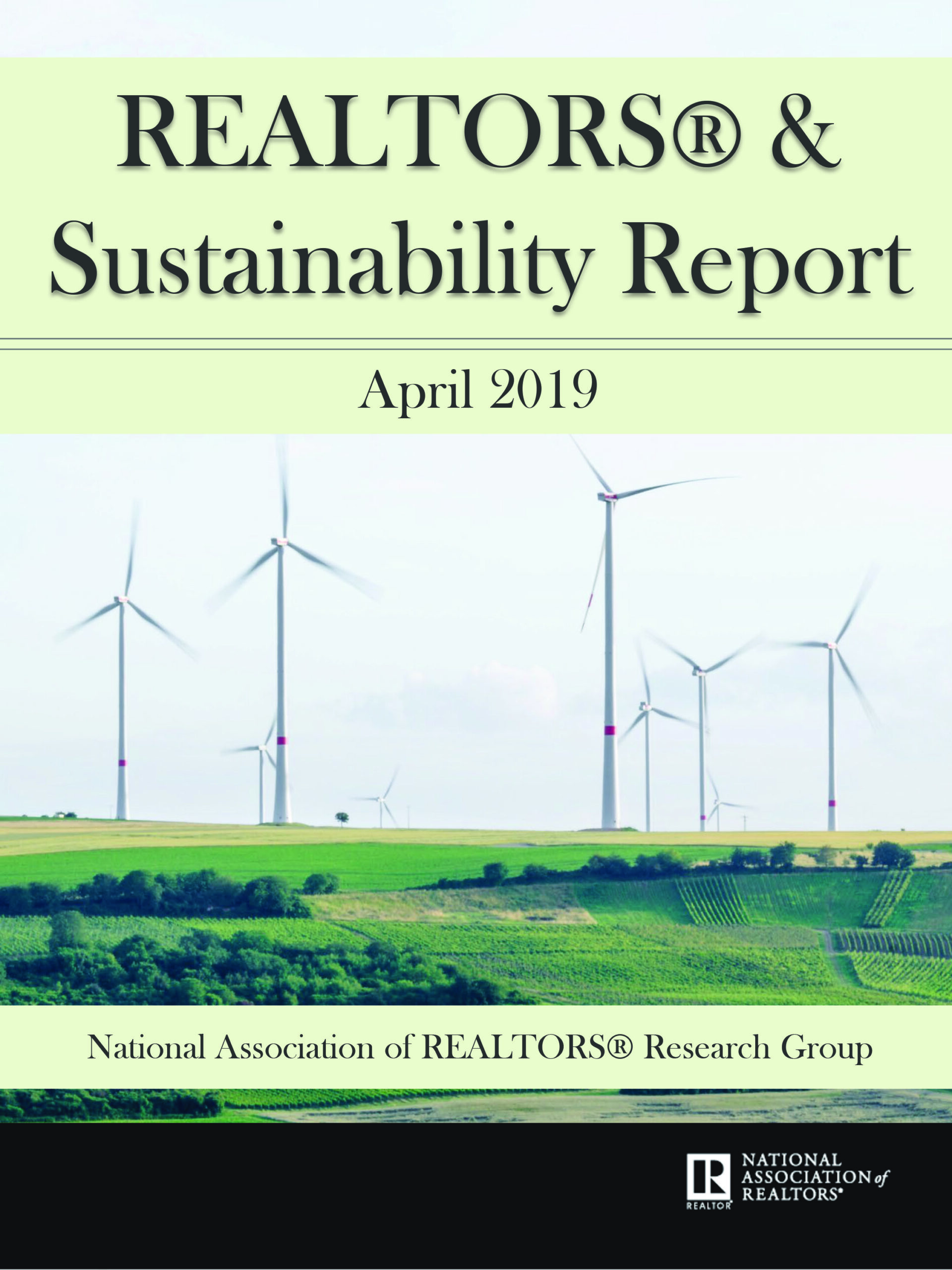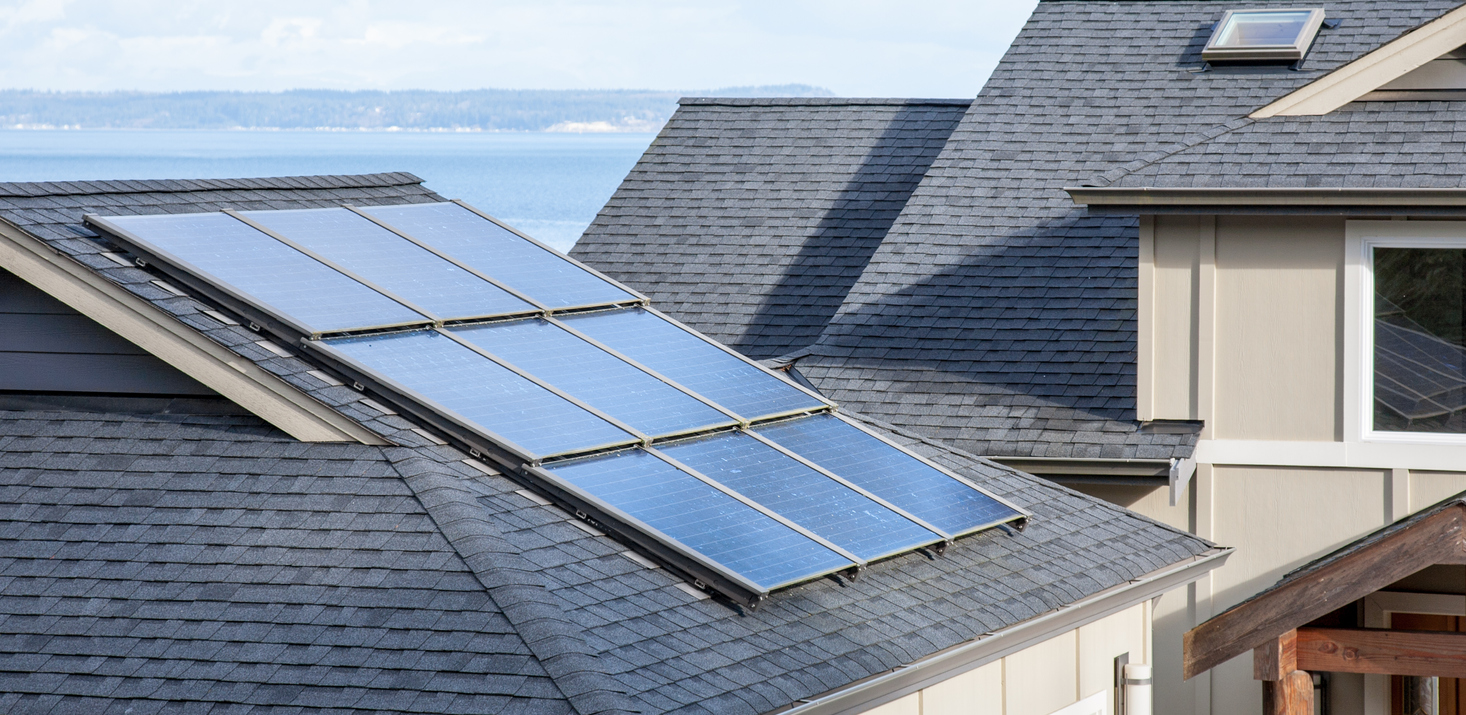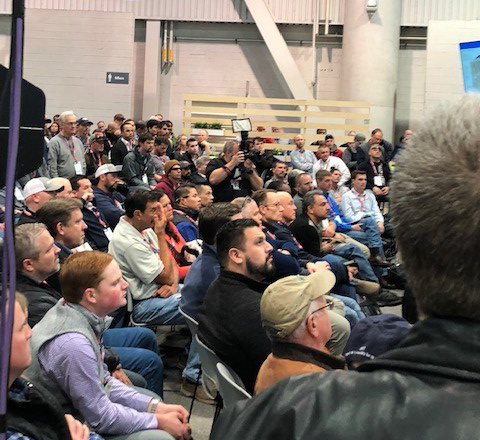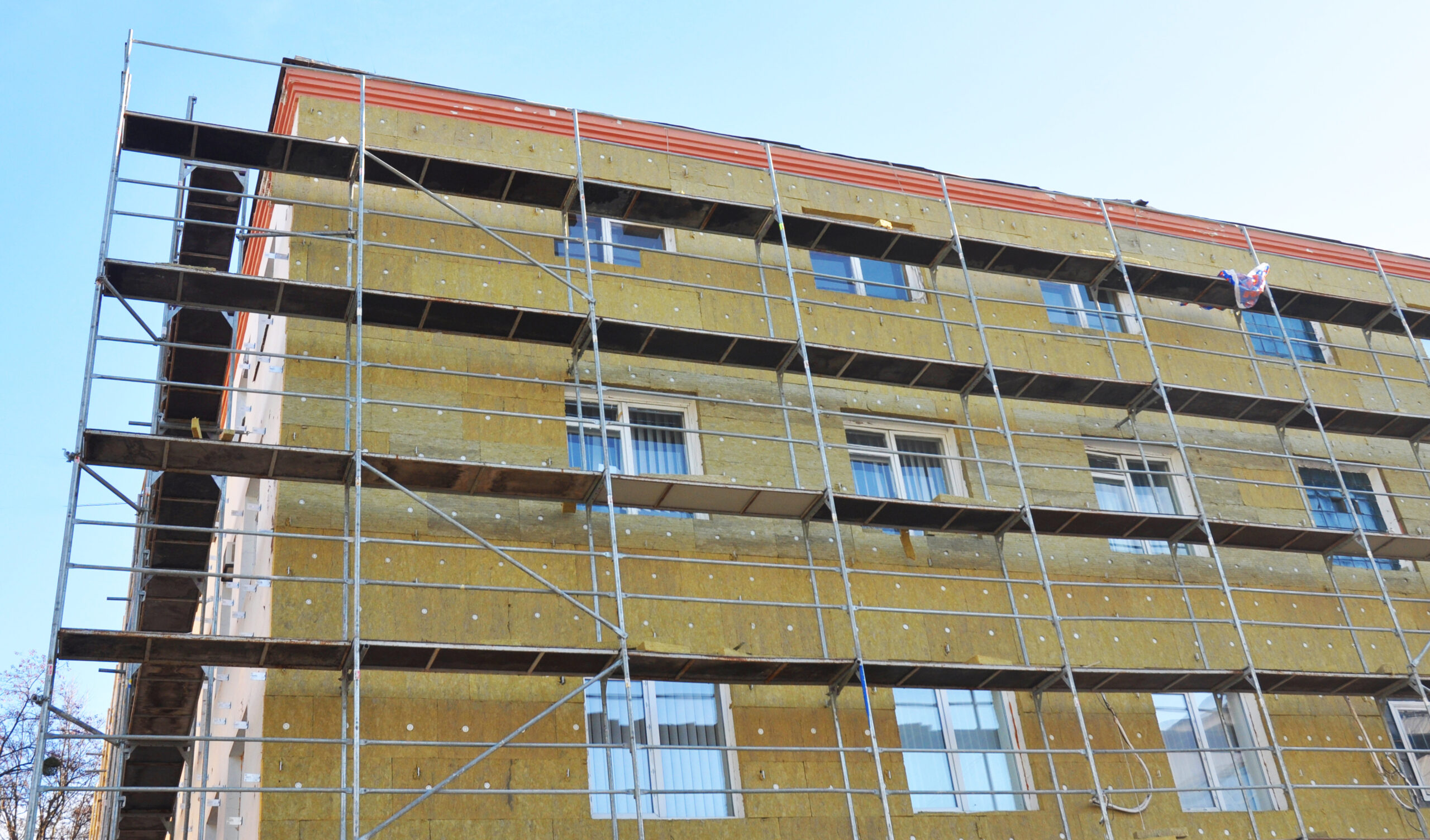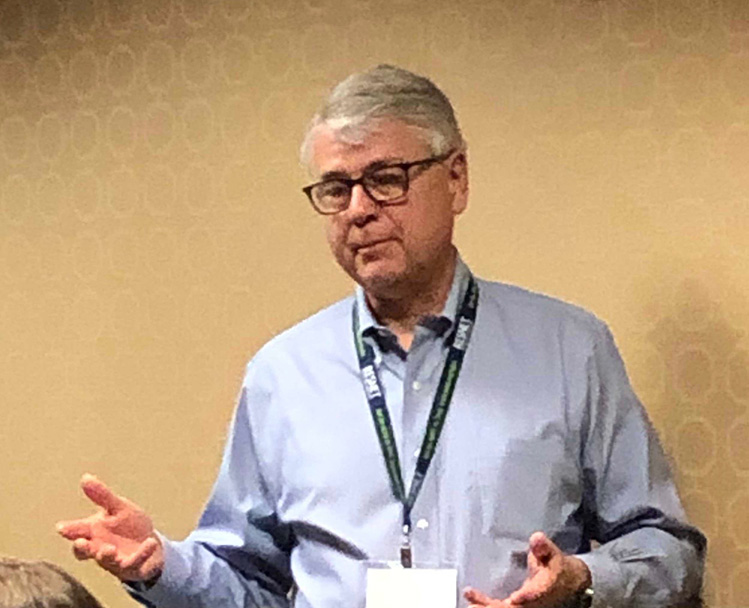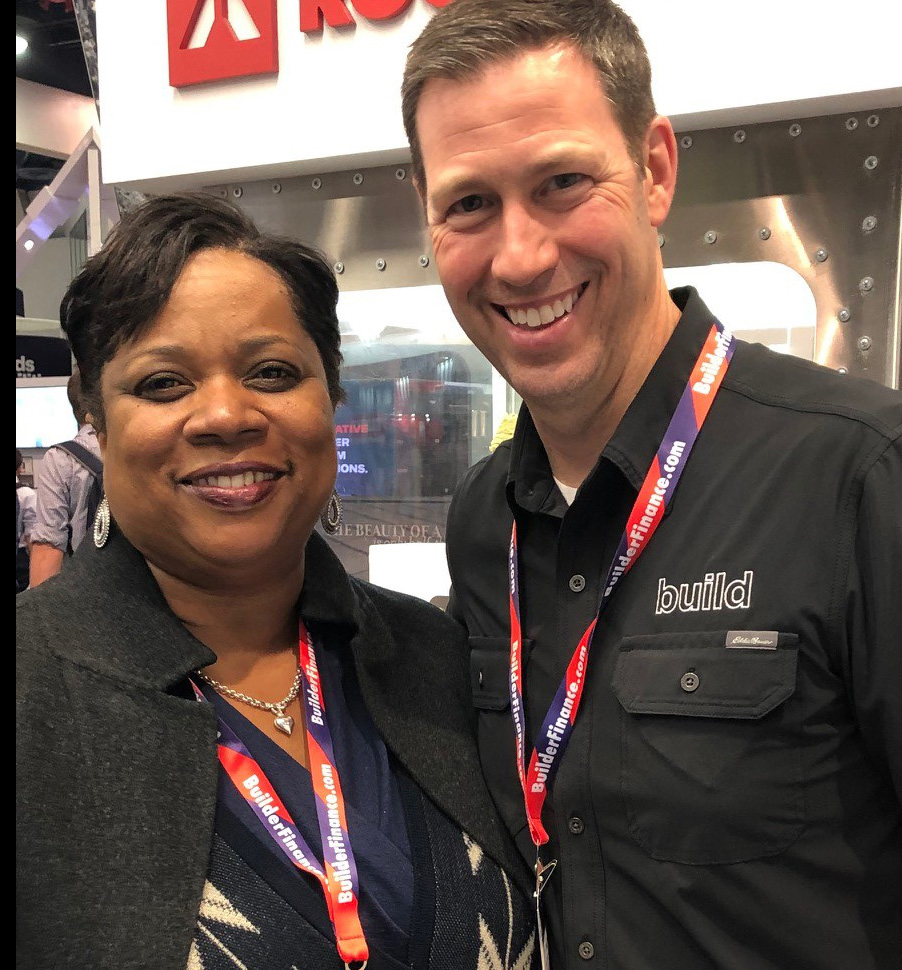Transformations taking place in both the home energy efficiency arena and healthcare are coming together in ways that present opportunities for these industries to work collaboratively to improve outcomes for customers. VEIC, a sustainable energy company with a mission to enhance the environmental and societal benefits of clean and efficient energy use for all people, is out with a new Energy-Plus-Health Playbook. The playbook examines a three-tiered approach to targeting unhealthy and substandard existing housing conditions that cause energy burdens and compromise the household health of low- and middle-income customers.
Details »Insulation Institute Blog
Posts Categorized: High-performance Homes
You Have One Job: Insulation or Air Sealing
One of the best ways to keep informed of building industry trends and learn insights from industry experts is reading blogs and publications. However, sometimes, these sources can leave readers confused about the fundamentals of building science, the performance of building products, and ultimately, share misleading information. Frequently, writers conflate the role of insulation and air sealing, so it’s important to examine the difference.
Details »RESNET Launches New HERS for Consumers Site
With nearly one-quarter of new homes carrying a HERS rating, consumers in the energy-efficient home market need to understand why this metric, similar to the miles-per-gallon rating of new cars, is key to evaluating a home’s energy efficiency. To help consumers better understand HERS ratings and the benefits of a HERS-rated home, Residential Energy Services Network (RESNET®) has launched a new consumer website and will conduct a consumer campaign this year to increase awareness.
Details »Do Realtors Get “Sustainable” Construction?
Green or sustainable construction is estimated to make up one-third of single-family and multifamily home construction, and that number will likely increase to roughly 50 percent by 2022.[1] Such energy-efficient homes are in high demand among buyers because they are less costly to own, more comfortable, and generally command a higher resale value than standard code-built homes.[2] Real estate professionals who are knowledgeable about sustainable or energy-efficient features in homes can be a source of education and information for potential buyers, but their knowledge of such features and their impact varies. A new report from the National Association of Realtors® looks at realtors’ knowledge of sustainability in the industry and provides insights into the extent to which green features appeal to buyers.
Details »The Air Sealing Learning Curve
When newer editions of the International Energy Conservation Code (IECC) are introduced in states, often there’s a learning curve for home builders, especially when it comes to verification of a home’s air tightness with a blower door test. Some builders are having a tough go of meeting the new requirements. Increasingly, they’re relying on energy efficiency professionals, like HERS raters to help them achieve the target. Insulation Institute spoke with Jonathan Lang, Manager of Training & Certifications for Knauf Insulation who is a BPI Certified Building Analyst, Building Performance Specialist, and ICC Residential Energy Inspector (whew!). We spoke about the challenges builders face in meeting air tightness requirements and why communication and education are so critical to meeting the targets.
Details »Building Envelope Efficiency Without Compromise
Which is the more cost-effective method of reaching energy code requirements, saving energy or generating it with solar panels on-site? According to a new report, the answer is clear.
Details »Matt Whitbeck’s Three Tips for Framers
Matt Whitbeck, Co-Owner and President of Whitbeck Construction, LLC specializes in custom framing, exterior sustainability, and residential remodeling. He’s serious about quality craftsmanship and energy efficiency. So much so that he is a popular speaker at building industry conferences on those topics. Whitbeck and Kevin Ireton spoke to a standing room only crowd in the High-Performance Building Zone at NAHB’ International Builders Show (IBS). Whitbeck also took time following IBS to speak with Insulation Institute on three tips for framing carpenters as they work to help builders achieve more energy-efficient homes.
Details »Mineral Wool: A Solution to Thermal Bridging
Thermal bridging or the escape of heat through low-performing areas in a building envelope presents a huge problem for builders interested in energy-efficient buildings. One of the reasons that modern buildings are now more energy efficient than ever is that newer building energy codes, like the 2015 IECC and ASHRAE 90.1 prescriptively include the use of continuous insulation in most climates to reduce thermal bridging. While there are many different continuous insulation products and applications, mineral wool is gaining in popularity as an effective solution in minimizing thermal bridging.
Details »Premium Construction With A Cost-Effective Product
Thrive Home Builders is one of the most respected production builders in the country with a multitude of awards and accolades to prove it. The Denver-area company is well-known nationwide for its sustainable, energy-efficient construction, with 100 percent of its homes meeting a minimum of Net Zero Energy Ready status. Thrive commands a 10 to 25 percent price premium for its high-performance new construction homes, so one could assume that every product used in its builds would also come at a price premium. Yet, Thrive CEO and Founder Gene Myers told Insulation Institute that cost-effective blown-in fiberglass insulation is a preferred product in his company’s homes.
Details »Matt Risinger Might’ve Made Our Day!
We at Insulation Institute spend a good deal of our time talking up the benefits of using fiberglass and mineral wool insulation. As much of the content of our blog is geared toward new residential construction, we value connecting with builders who use these products to achieve high-performance new home construction. So, we were thrilled to catch up with Matt Risinger, a Texas home builder and building science enthusiast (and a rock star) who specializes in high-performance, architect-driven home building during the International Builders Show. We’ve heard Matt speak at the International Builders Show in the past and we know his time is a valuable commodity, so we only asked him one question during our brief chat. His answer didn’t disappoint.
Details »
